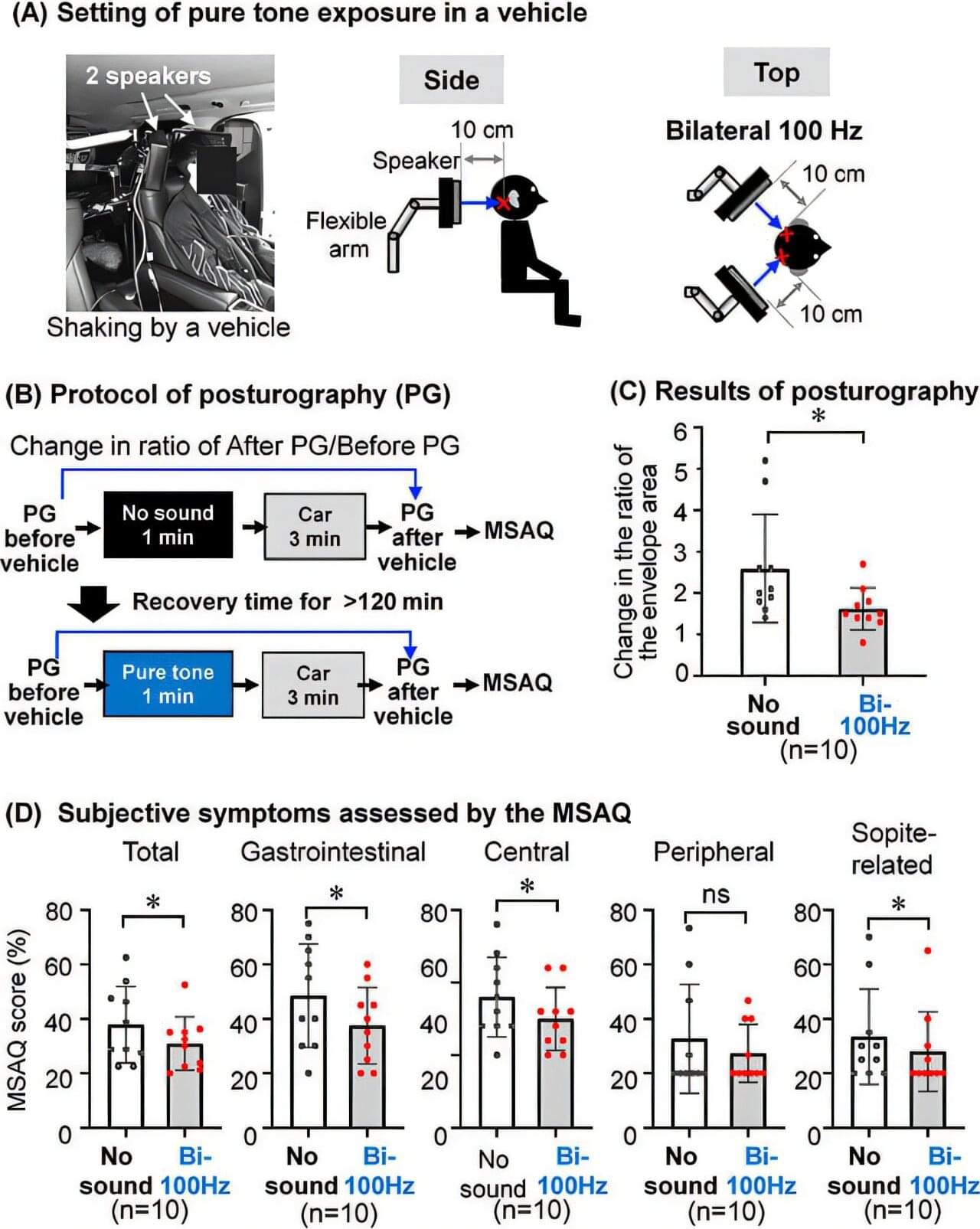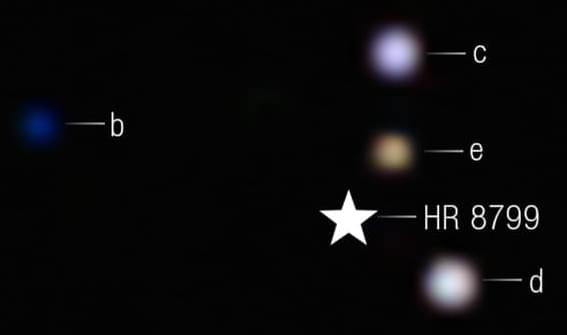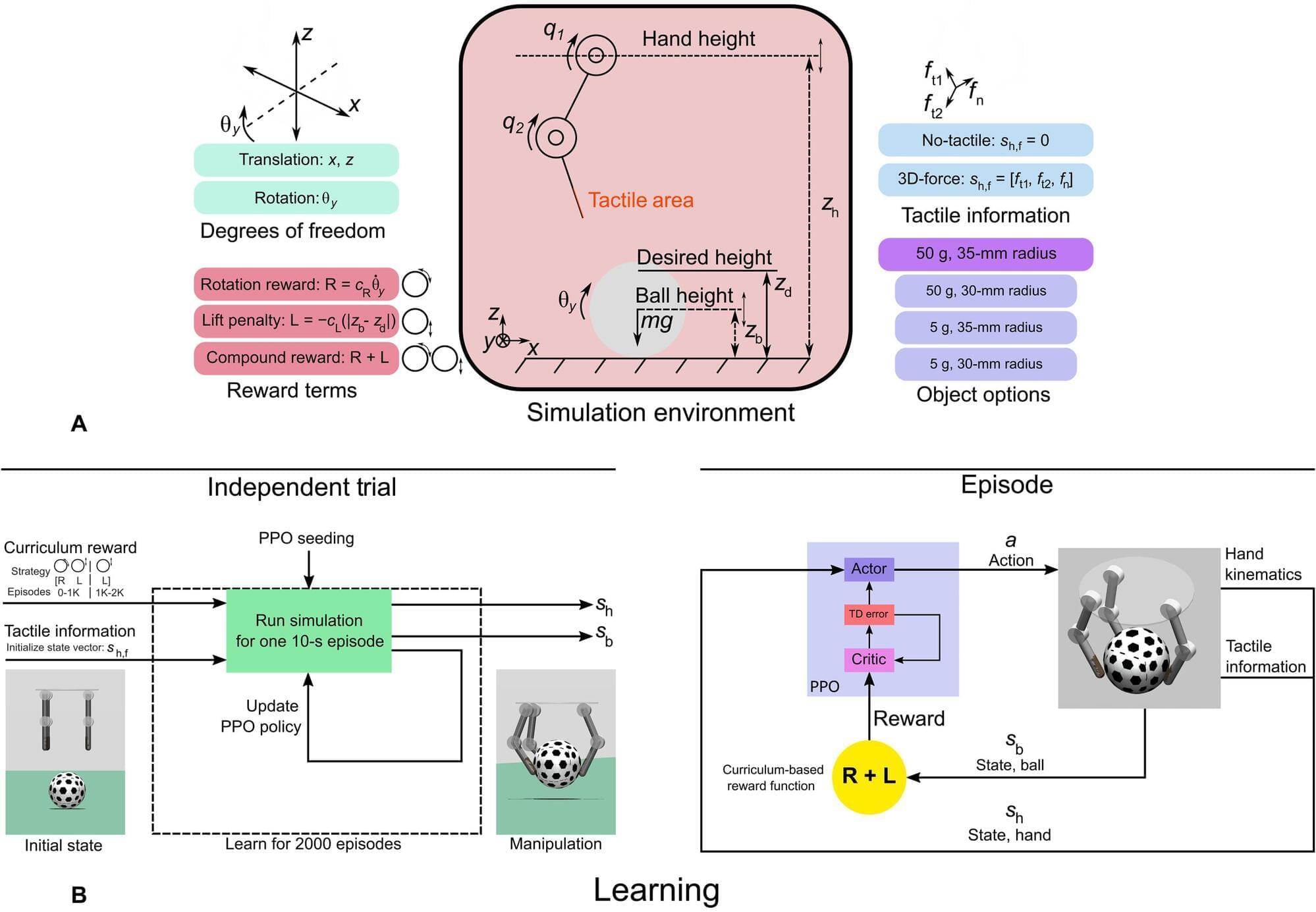The James Webb Space Telescope has captured its first direct images of carbon dioxide in a planet outside the solar system in HR8799, a multiplanet system 130 light-years away that has long been a key target for planet formation studies.
The observations provide strong evidence that the system’s four giant planets formed in much the same way as Jupiter and Saturn, by slowly building solid cores. They also confirm Webb can do more than infer atmospheric composition from starlight measurements—it can directly analyze the chemistry of exoplanet atmospheres.
“By spotting these strong carbon dioxide features, we have shown there is a sizable fraction of heavier elements, such as carbon, oxygen, and iron, in these planets’ atmospheres. Given what we know about the star they orbit, that likely indicates they formed via core accretion, which for planets that we can directly see is an exciting conclusion,” said William Balmer, a Johns Hopkins University astrophysicist who led the work.









